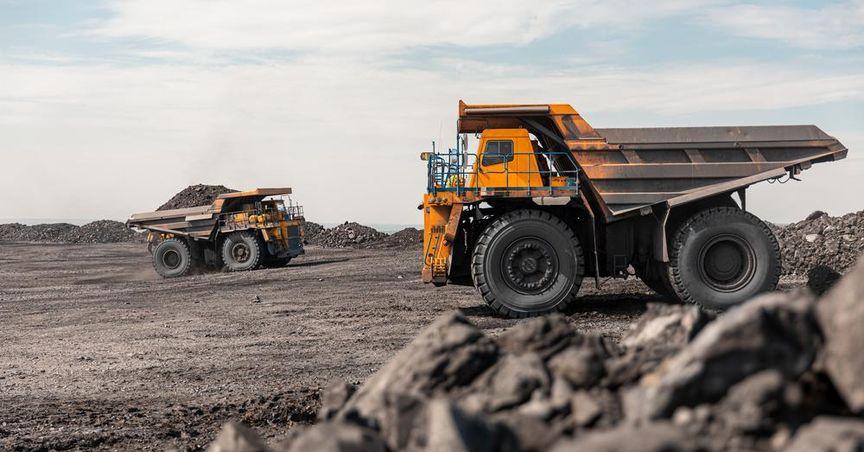Highlights
- Australian Industrial reported no revenue in its recent operational period, reflecting an early exploration stage.
- Cash expenditure increased as the company advanced its development and project activity.
- Ongoing operations may depend on capital planning if cash usage continues at current levels.
Early-Stage Focus in the Mining Exploration Space
Australian Industrial (ASX:AAM) operates within the mineral exploration sector, with a focus on identifying and developing potential resource sites. The company’s activities are centered on geological surveys, fieldwork, and technical assessments aimed at uncovering viable mineral deposits. As is typical for exploration-stage entities, the company does not generate revenue, and operations are financed through existing capital and external funding mechanisms.
Exploration companies frequently operate in a pre-revenue phase for extended periods. During this time, capital is allocated to research, permitting, and preliminary development rather than sales or commercial extraction. This makes efficient cash management critical to sustaining operations through each stage of project development.
Shifts in Spending Patterns
Over the most recent reporting period, Australian Industrial experienced an increase in expenditure. The rise in cash usage is associated with the company’s expanded efforts to progress its exploration activities. While increased spending often reflects operational momentum, it also highlights the importance of financial planning in the absence of incoming revenue.
A growing expenditure profile, if not balanced with incoming capital or disciplined cost control, may impact the company’s ability to extend its cash runway. Continued increases in cash outflow without supplementary funding may require future adjustments to support ongoing project work.
Cash Position and Operational Runway
With no revenue being generated, the company’s cash reserves play a central role in covering operational costs. These reserves must sustain exploration programs, administrative functions, and technical evaluations. The duration for which these reserves remain adequate is influenced directly by the rate of spending.
As the company progresses its development programs, the need for capital may increase, depending on how efficiently spending is managed. Exploration companies in similar phases often seek additional capital through equity placements or other financial instruments to support continued advancement.
Capital Access in the Exploration Sector
Within the mineral exploration industry, companies frequently operate in cycles of funding, drilling, and development. Each phase requires financial input, and with limited internal cash generation, firms often turn to the market for capital. Comparing spending levels to market valuation can offer insight into how capital raising may unfold if expenditures continue to rise.
Exploration Lifecycle and Industry Conditions
Australian Industrial remains in the early stages of the resource development process. Activities such as geological mapping, target testing, and preliminary drilling are integral to this phase. Each step requires ongoing investment. Companies within this sector must strike a balance between advancing projects and preserving capital to navigate the uncertainties of early-stage exploration.





